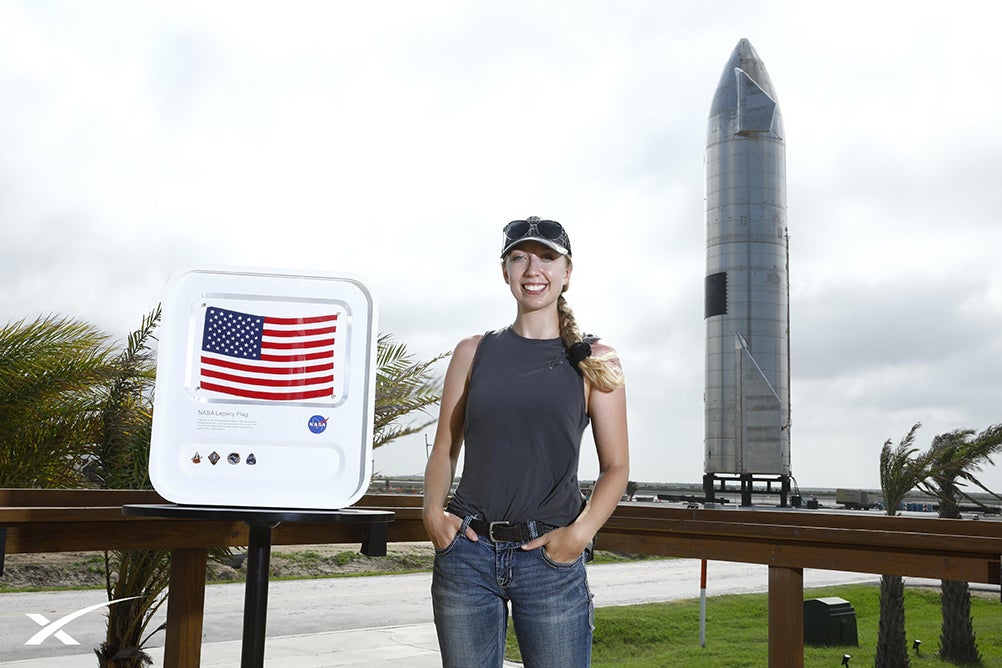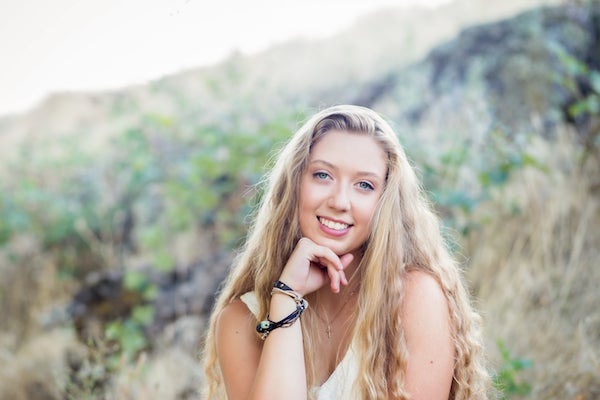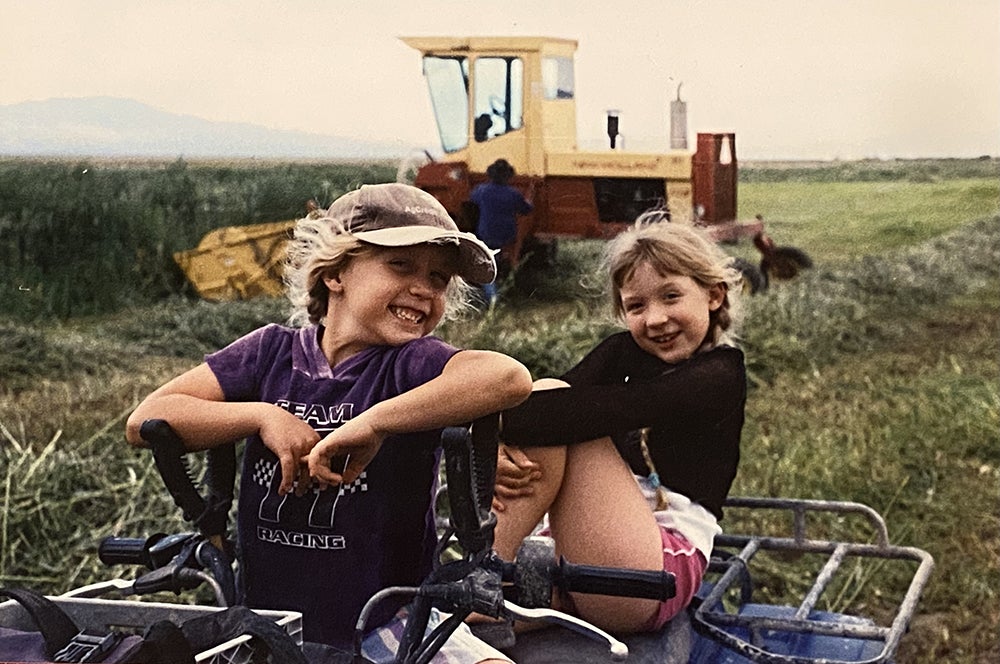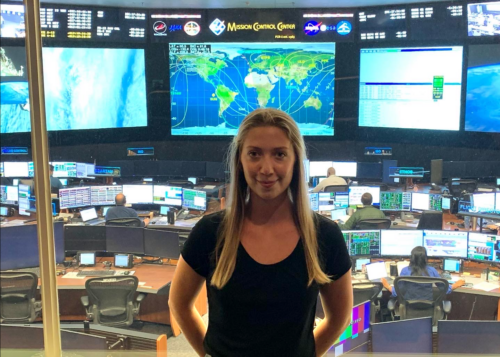
“I grew up cattle ranching, and my sister and I were the first [in our family] to graduate college. My parents still stop waiters and waitresses and say, ‘This is our daughter. She’s a rocket scientist.’”
Catherine Gale, a 2021 mechanical engineering alum from Boise State relays this anecdote with a smile. She is in her third week in her new role as the Station Power, Articulation and Thermal Control (SPARTAN) Flight Controller at NASA Johnson Space Center in Texas.
As a flight controller, Gale works on mechanical, thermal and electrical power systems on the International Space Station. Her work is critical to ensuring the conversion of solar power to electrical power, and the control, storage and delivery of electrical energy to the International Space Station. She does this by sending commands to operate the systems on the station from NASA Johnson’s mission control room.
“I’ve been fan-girling for weeks. I keep meeting astronauts, and every single time I’m trying to keep calm,” Gale said.

Gale credits the first astronaut she met to helping her see what was possible. While at Boise State, Gale worked on the NASA Microgravity Next project, in which students teams–led by former astronaut Steve Swanson–design and build a prototype tool or device for NASA spacewalks. Additionally, she participated in the autonomous robotics competition, also led by Swanson.
“Steve probably doesn’t know this, but he was an inspiration to me. Just being around him, I was like ‘This guy is so cool. Working with astronauts would be amazing.’”
“Catherine was a wonderful student and team member, very knowledgeable, intelligent and hard-working,” Swanson said. “It was obvious she was going to excel at whatever she decided to do with her life. Plus, her enthusiasm for NASA projects was contagious.”
Gale grew up in Eureka, Nevada on a cattle ranch until her family ultimately landed in the Treasure Valley area. She chose Boise State for its proximity to her family.

In a thermodynamics class taught by mechanical and biomedical engineering faculty Don Plumlee, Gale knew she’d found the right course of study. She began to seek out internships and research opportunities to gain hands-on experience. Gale joined Plumlee’s research lab where she helped build and experiment with cold atmospheric pressure plasma arrays to kill and remove bacteria and biofilms from wounds.
“It was clear that Catherine had the passion, work ethic and intelligence to make her mark as an engineer. She can do it all,” said Plumlee

Gale also worked with Boise-based start-up Pitch Aeronautics as a drone engineering intern. Then, seven months before her anticipated graduation date, she started an internship with SpaceX as a tooling manufacturing engineer, or as she puts it, the engineer of ‘the machine that builds the machine.’
Gale earned her degree in December 2021 and became a first generation college graduate; an accolade she credits to her parents.
“Our parents have done a lot to allow us to facilitate our ability to reach for the stars in terms of our education. We’re really thankful towards our parents for that,” Gale said.
Following graduation, SpaceX offered Gale a full-time position. Though the work was stimulating, the demanding hours and lack of work-life balance prompted Gale to apply for the role with NASA. She says she couldn’t be happier with her decision.
“NASA is amazing,” Gale said. “And working in the Mission Control Room…I think people have this idea that it may be an impossible goal to reach, or there are these insane barriers of entry. There really aren’t and NASA will take you straight out of college as long as you’re really passionate about it, and willing to learn.”
